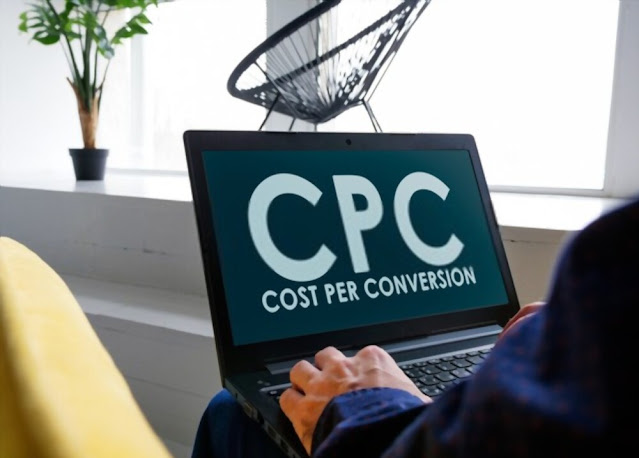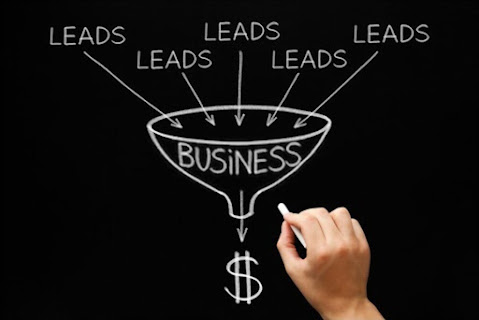What does CPC Stand for in Advertising?
CPM stands
for Cost Per Thousand Impressions. When you are getting your Email
Leads from the affiliate marketing system, these
are all views of a webpage that links to an email opt-in page.
That is how
people will subscribe to your email list because they have agreed to receive
emails from you.
This is the
most common type of advertising and it can be very cost-effective when done
right.
But there is
a much more cost-effective way to get the same amount of traffic and that is
through Email Marketing through a CPA Network.
The CPA
network has evolved over the last couple years and become one of the top-ranked
PPC networks today.
They have
also become one of the top-ranked ways to generate Business
Opportunity Leads for online
businesses.
So, if you
are not doing this now, you are losing a lot of money. Many of the top
marketers that I know use CPC in their campaigns and generate thousands of
business opportunity leads each month with this method alone.
If you want
your ad to be displayed on the top of the first page of the search results, you
will need to use CPA Network advertising.
But you have
to be willing to invest the time and effort into getting these leads.
They can
take some time but, with consistent effort, you can create huge amounts of
leads quickly. So, what are you waiting for? Get your CPA leads going now!
What's the difference between CPC and PPC?
Before
learning the difference between CPC and PPC you need to understand how they
work.
CPC stands
for cost per click and PPC stands for pay per click.
When someone
clicks an ad on your site CPC is the number paid per click.
You only get
charged for potential buyers interested in your offering and are actual active
buyers who are actually interested in your product.
Advertisers
bid on CPC and you bid on PPC, if a buyer comes in under your budget you pay
them and if they come in over your budget you bid on PPC.
To really
understand the difference between CPC and PPC, you need to have some knowledge
about advertising.
There are
two common ways to advertise online and those are pay per click (PPC) and cost
per impression (CPM) and Email
Cost Per Lead.
With PPC
Lead Generation you bid on keywords and
ads are sent to your website or blog in predetermined intervals based on what
the search engines like to see.
The second
way of advertising is where you bid on a particular ad-block,
you create
your own unique landing page and write relevant content around the product or
service you are selling and then create small ads with a low CPM.
With CPM
you are the advertiser, you decide when the ads will appear and how much each
ad will cost you.
The reason
why CPC and PPC are referred to as pay per click marketing is because you bid
on keywords or phrases,
and if
someone searches for those words or phrases using search engines like Google
or Yahoo then your ad will show up when the search engine searches that
term.
In our
example above the ad for Martha Stewart would show up when someone searched for
Martha Stewart and in this example,
She is one
of the top searched terms in the digital advertising world.
As you can
see the difference between CPM and CPC is that with CPM the advertisers pay
only when someone actually clicks on the ad and visits their website or blog,
with PPC
they pay every time somebody visits the site and clicks on the ad.
The choice
between CPM and CPC really comes down to your budget and your needs.
Learn What Cost Per Click Means for PPC?
Cost Per Click means exactly what it says, a certain amount that you pay every time
someone clicks on your ad.
So, why is
CPC important to you and your PPC efforts? Well, first and foremost it is the
most direct method of earning money from your PPC
campaign.
Therefore,
if you can't get people to your site then you aren't going to make any money.
You must
have good content on your site that visitors are willing to wait on until you have
an answer to their burning question or problem.
If you're
not answering their questions, they will click away and find someone else that
will. This is why content is so vital.
If your
readers can't find what they're looking for, they will just move on to another
website.
The more
useful information you provide, the better your click-through rate will be. The
more traffic you attract, the higher your cost-per-click advertising rates.
Cost Per
Click means simply that you are paying for each
individual click on your ad. So, as you can see, Cost Per Click means different
things to different people.
Hopefully
now you will be able to understand why your AdWords campaign needs to be
managed to maximize your profits.






Comments
Post a Comment